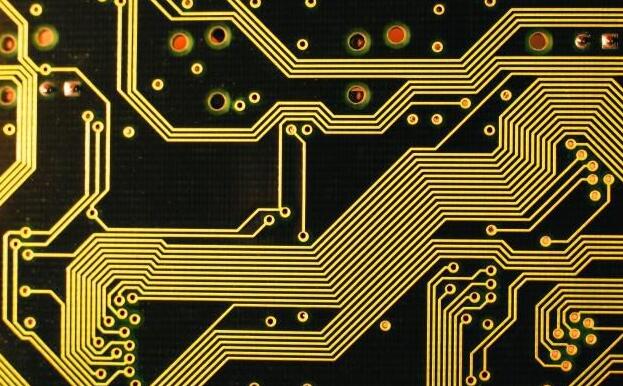The application of PCBA in the field of intelligence
In the 21st century, artificial intelligence has developed rapidly. It can be said that PCBA is the core booster of artificial intelligence development. PCBA makes artificial intelligence more accurate and more in line with the trend of development. The applications of PCBA in the field of artificial intelligence are as follows:
(1) 3C products such as computers and related products, communication products and consumer electronics
According to data published by the Consumer Electronics Association (CEA), global consumer electronics sales will reach US$964 billion in 2011, a year-on-year increase of 10%. The data for 2011 is quite close to 1 trillion U.S. dollars. CEA said that the biggest demand comes from smart phones and laptops. In addition, products that sell very well include digital cameras, LCD TVs and other products.
(2) Smart phone
According to the latest market research report released by Markets and Markets, the global mobile phone market will increase to 341.4 billion U.S. dollars in 2015, of which smartphone sales revenue will reach 258.9 billion U.S. dollars, accounting for 76% of the total mobile phone market revenue; and Apple will Leading the global mobile phone market with a market share of 26%.

(3) Touch panel
With the popularity of iPhone and iPad around the world, multi-touch applications have become popular, and it is predicted that the touch wave will become the next wave of growth driving engines for soft boards.
(4) Computer
Gartner analysts pointed out that notebook computers have been the growth engine of the personal computer market in the past five years, with an average annual growth rate of nearly 40%. Based on expectations of weaker demand for laptops
(5) Digital camera
iSuppli said that as the market becomes saturated, digital camera production will begin to stagnate in 2014. It is estimated that shipments in 2014 will drop by 0.6% to 135.4 million units, and low-end digital cameras will encounter strong competition from camera phones. However, certain areas in the industry can still achieve growth, such as hybrid high-definition (HD) cameras, future 3D cameras, and digital single-lens reflex (DSLR) such more high-end cameras.
(6) LCD TV
Market research company DisplaySearch predicts that global LCD TV shipments will reach 215 million units in 2011, a year-on-year increase of 13%. In 2011, as manufacturers gradually replace the backlight of LCD TVs, LED backlight modules will gradually become the mainstream. The technological trends brought to the LED heat dissipation substrate: a high heat dissipation, precision size heat dissipation substrate; two strict line alignment Accuracy, high-quality metal circuit adhesion; Third, use yellow light lithography to make thin-film ceramic heat dissipation substrates to improve the high power of LEDs.
(7) LED lighting
Analysts from DIGITIMES Research pointed out that in response to the ban on the production and sales of incandescent lamps in 2012, LED bulb shipments in 2011 will grow significantly, and the output value is estimated to be as high as about 8 billion US dollars. In addition, North America, Japan, South Korea and other countries Driven by factors such as the implementation of subsidy policies for green products such as LED lighting, and the high willingness of stores, shops and workshops to replace them with LED lighting, the global LED lighting market penetration rate in terms of output value has a high chance to exceed 10%. LED lighting, which took off in 2011, will surely drive a large demand for aluminum substrates. At present, the country has higher and higher requirements for environmental protection and greater efforts in link governance. This is a challenge but also an opportunity for PCB factories. If PCB factories are determined to solve the problem of environmental pollution, then FPC flexible circuit board products can be at the forefront of the market, and PCB factories can get opportunities for further development.